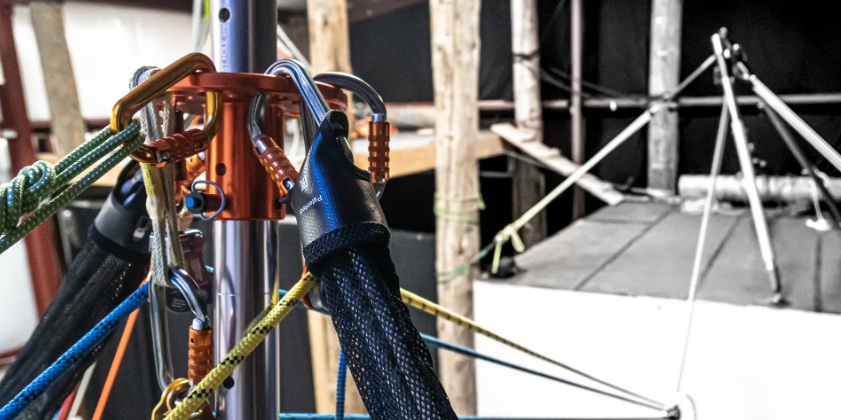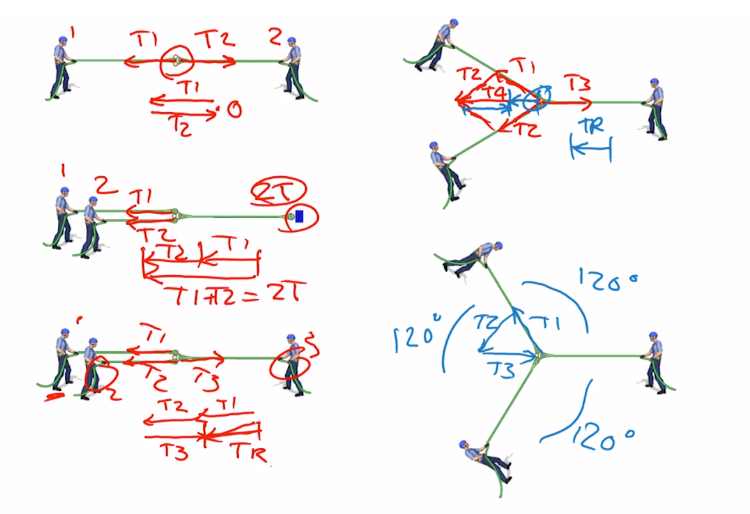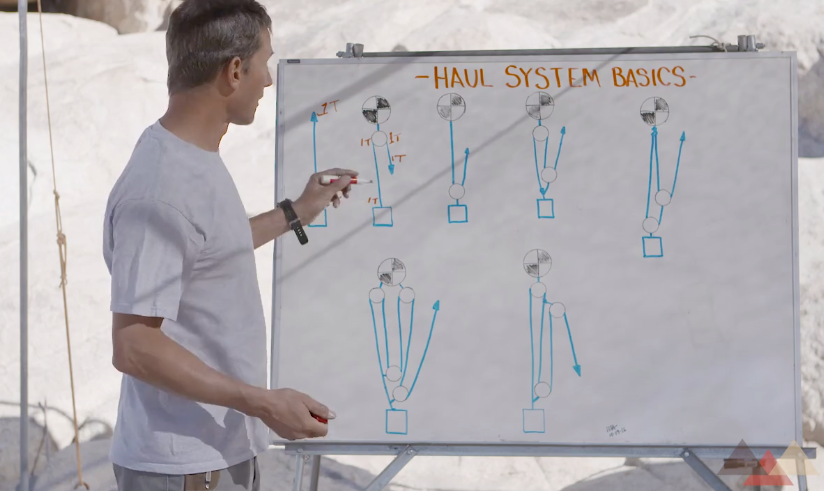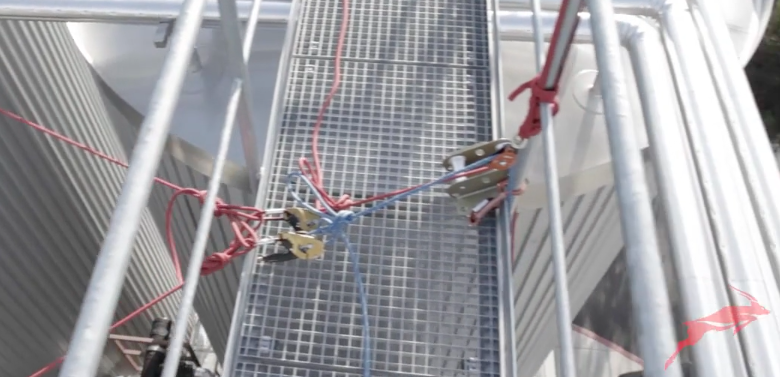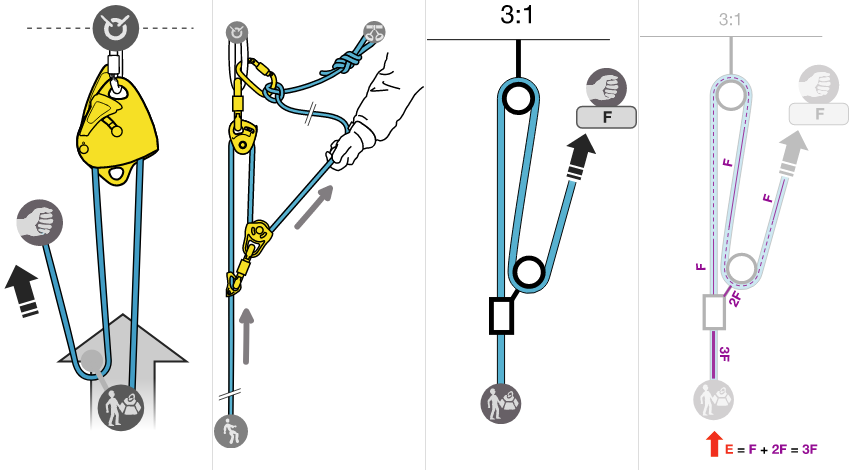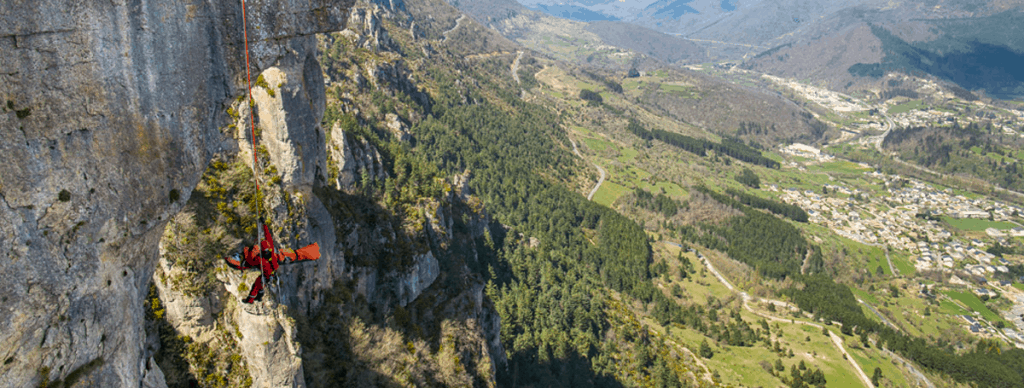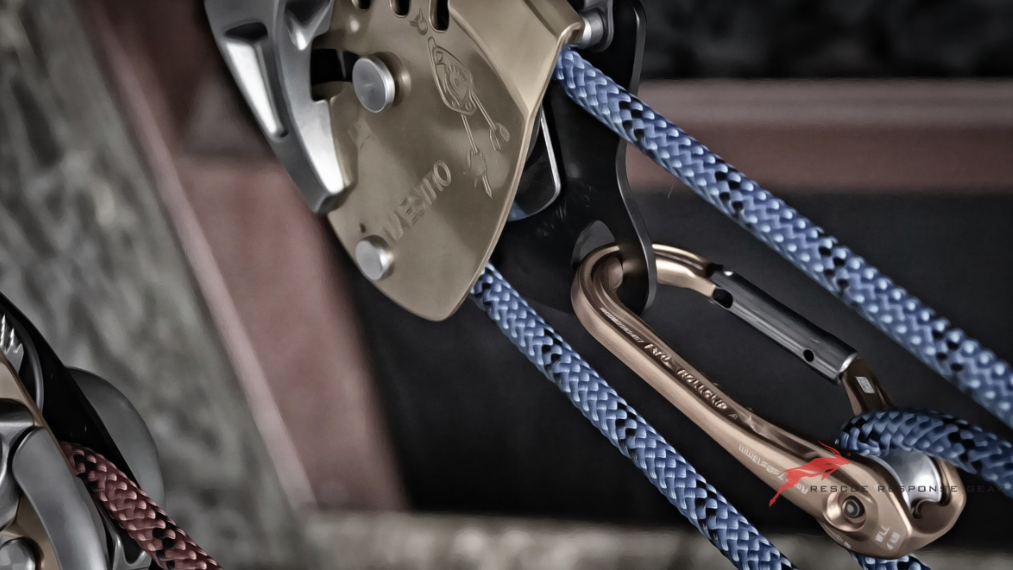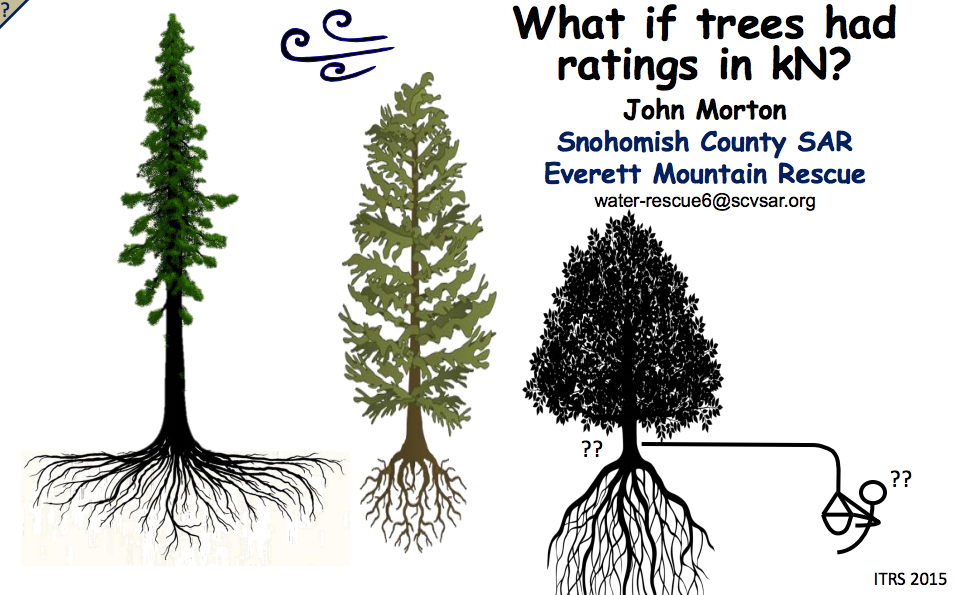System Efficiency of Mechanical Advantage Systems
System Efficiency Effect of pulley friction. Most rescue pulleys have an efficiency rating of .75 to .90 (only 75% to 90% of tension is transferred from one side of the pulley to another due to friction). A carabiner used as a pulley has an efficiency of only about 50% or less (more for a steel …
System Efficiency of Mechanical Advantage Systems Read More »

